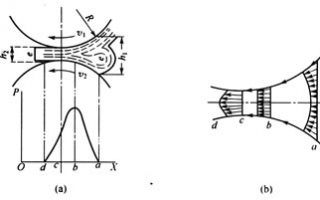The moisture content of fiber textiles is generally high, such as cotton fabrics up to 7%; rayon is about 12%; nylon and polyester fabrics have lower moisture content, also more than 3%. However, the moisture content requirement of the textile in the rubber calendering process is generally controlled below 1%, otherwise the bonding strength between the rubber compound and the textile material will be lowered, the semi-finished product will be peeled off, the air bubbles will appear inside the rubber compound, and the sponge or the foam inside the vulcanized rubber will appear. There are quality problems such as layers, so the textile must be dried before calendering.
The drying of the fiber fabric generally adopts a vertical or horizontal dryer with a plurality of hollow cylinders. The internal saturated water vapor maintains the surface temperature at about 11 to 130 ° C. When the textile advances around the surface of the roller, it is heated. Remove the water. The specific drying temperature and traction speed depend on the type of textile and drying requirements. Too much or too little drying is detrimental to the properties of the textile. The dried textile should not be parked for too long, otherwise it must be tightly packed with plastic cloth to avoid moisture regain. In production, it can be combined with the rolling process to form a flow line, so that the textile enters the dryer and immediately enters the calender to hang the rubber. At this time, the temperature of the textile is higher, which is beneficial to the penetration and bonding of the rubber.

